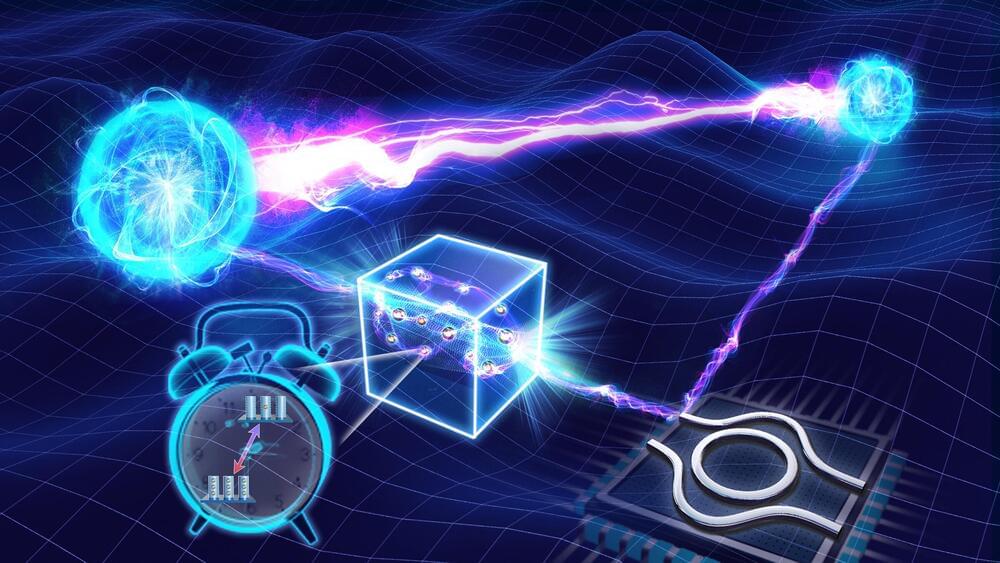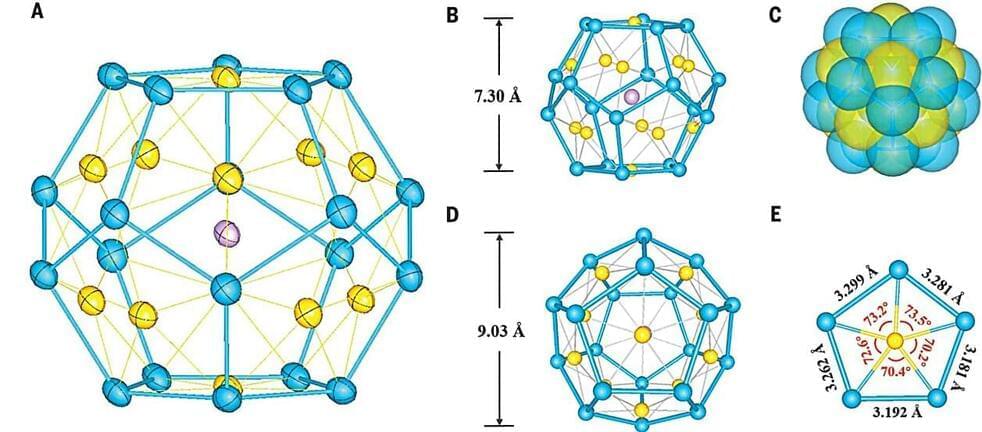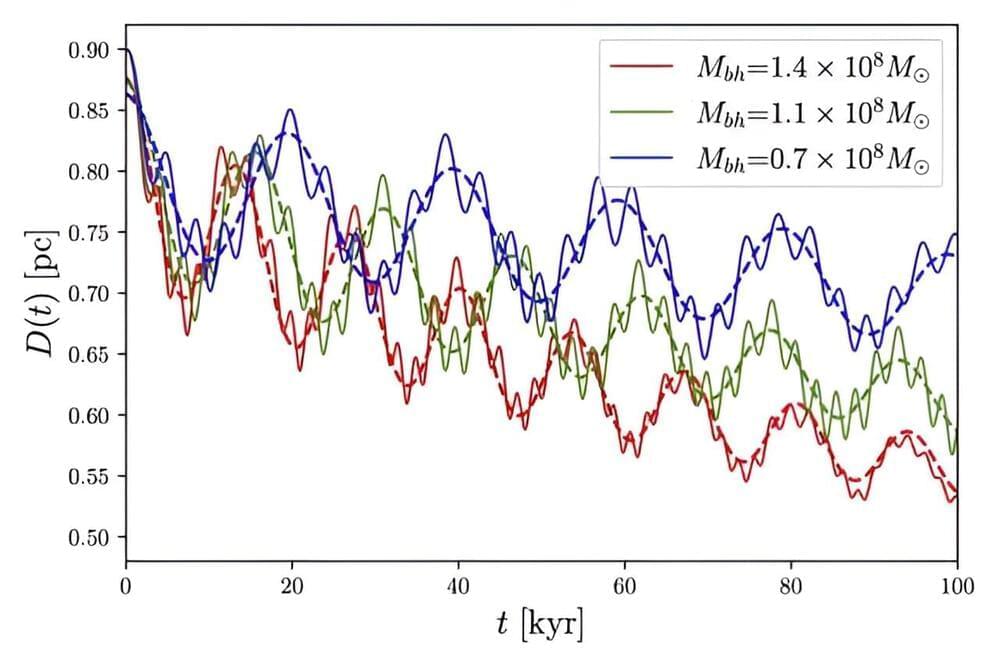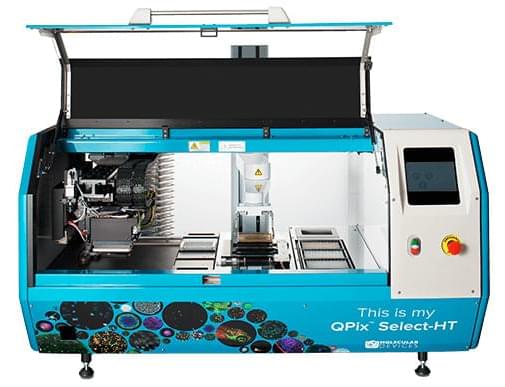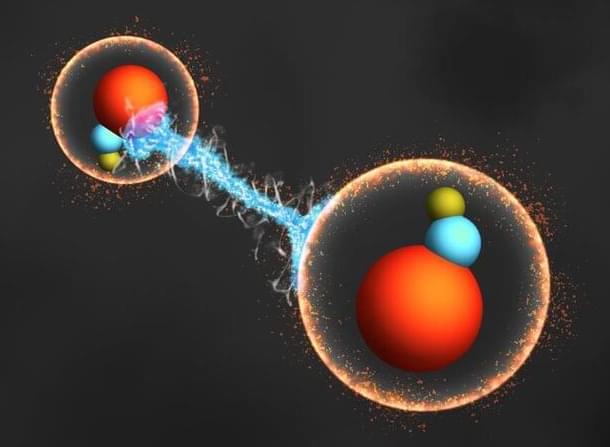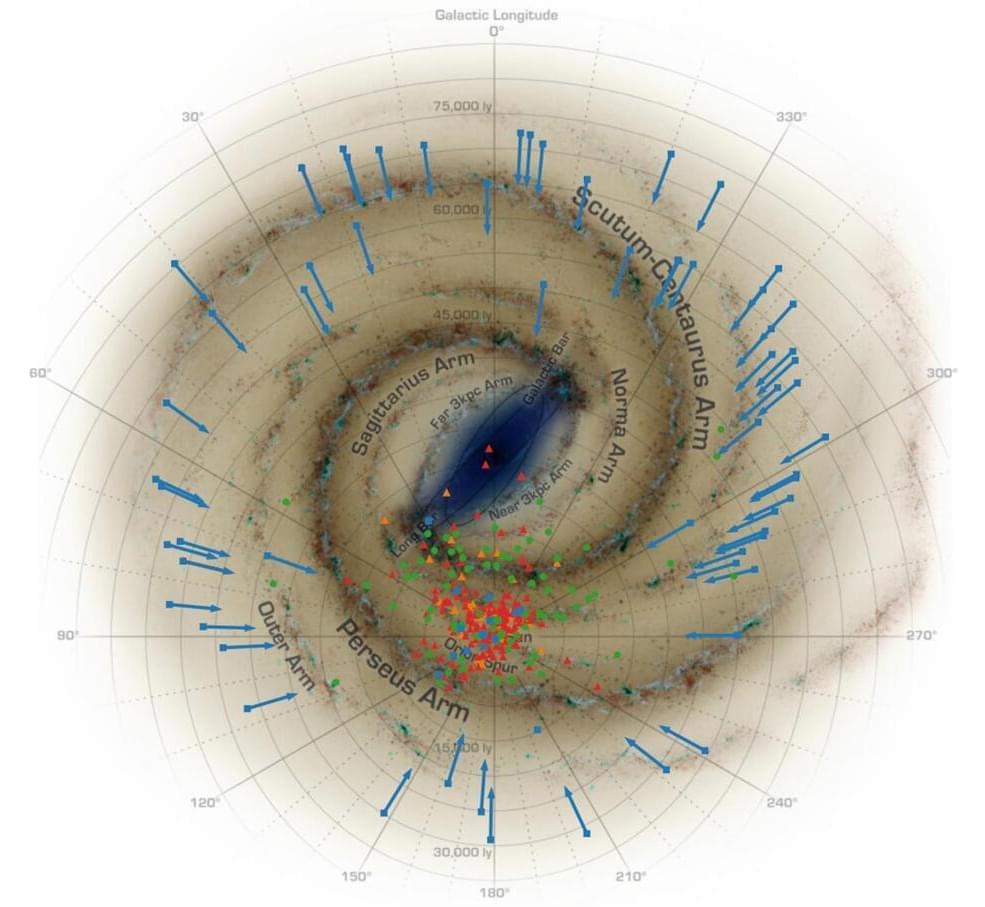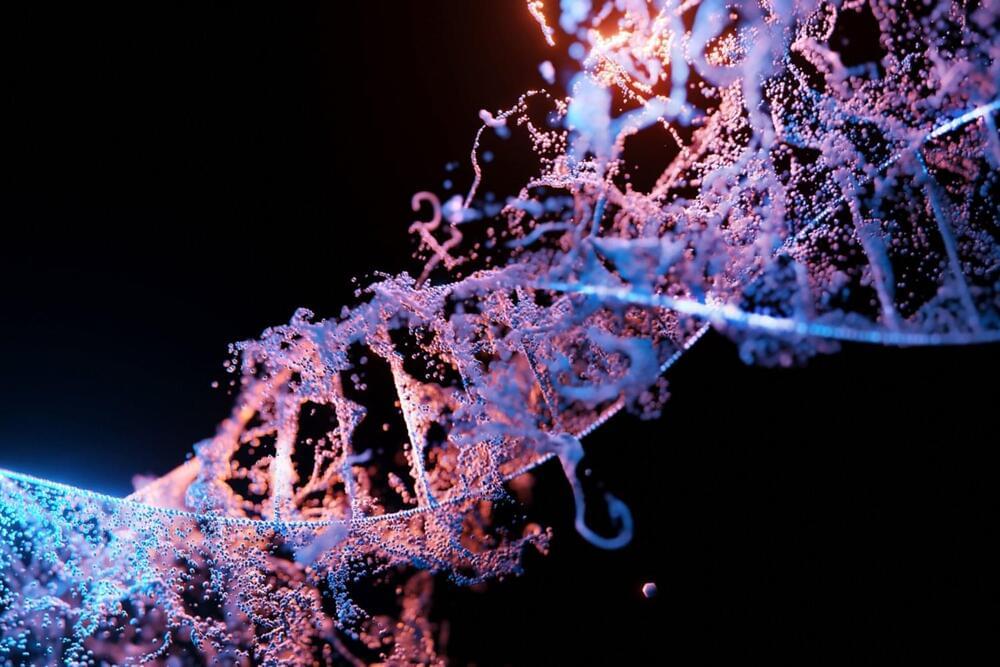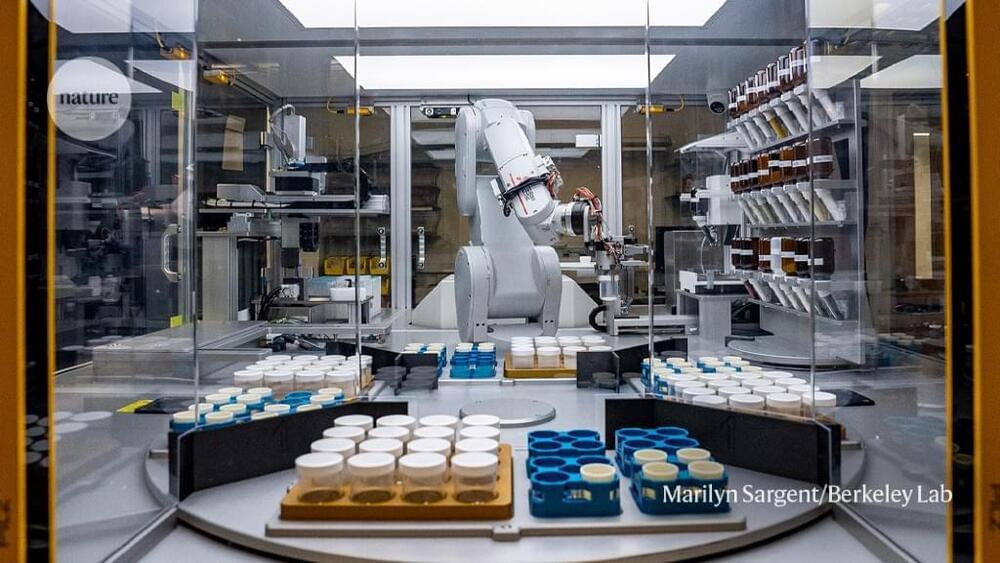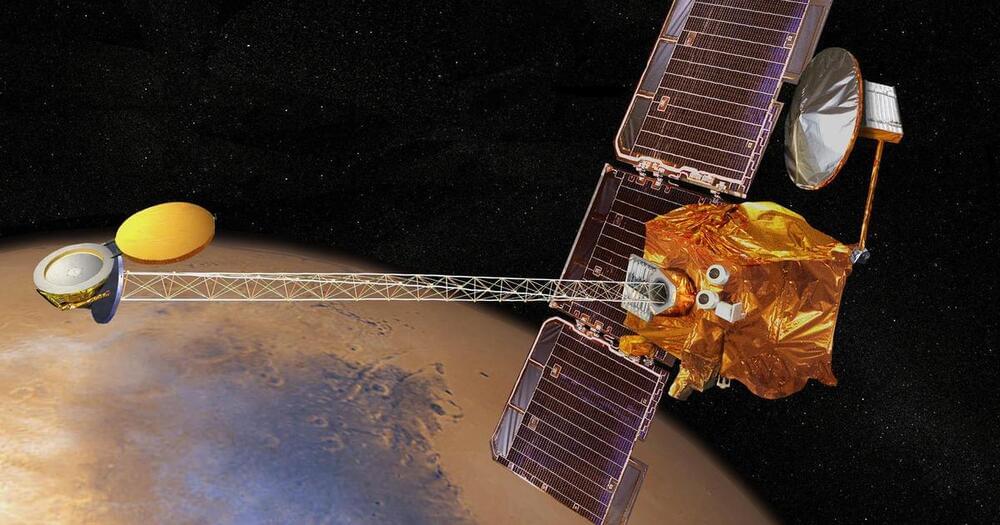Quantum technologies are currently maturing at a breath-taking pace. These technologies exploit principles of quantum mechanics in suitably engineered systems, with bright prospects such as boosting computational efficiencies or communication security well beyond what is possible with devices based on today’s ‘classical’ technologies.
As with classical devices, however, to realize their full potential, quantum devices must be networked. In principle, this can be done using the fiber-optic networks employed for classical telecommunications. But practical implementation requires that the information encoded in quantum systems can be reliably stored at the frequencies used in telecom networks—a capability that has not yet been fully demonstrated.
Writing in Nature Communications, the group of Prof. Xiao-Song Ma at Nanjing University reports record-long quantum storage at telecom wavelengths on a platform that can be deployed in extended networks, paving the way for practical large-scale quantum networks.
